Last week (August 4th through the 7th 2025) I attended the EUC World conference. It was a great time where I got to nerd out on all things end user computing (EUC). I realized on Wednesday that soon, we nerds will be adding another end user to the EUC table.
Visionary
I’m going to start by prefacing this with, when I have these moments of inspiration, they take about six years or more to become mainstream. For example, at GTC17, I had the idea of and started working on how to create a GPU based storage system, and this year Jensen started talking about all the storage vendors working on it. Additionally, there is VDI by day compute by night, which has just recently had key parts incorporated into major hypervisors, I was working on it before 2018. The same is true with vGPU based developer virtual desktops. It was the topic of my 2018 NVIDIA GTC breakout session and it’s now all the rage.
So, if history is any indication, what I’m about to discuss will be the big thing for EUC and AI around 2031, maybe sooner as hot as AI is right now. We will just have to wait and see.
What is this new EUC user?
You’re probably wondering what this new user type is that’s going to take EUC and AI by storm is. Simply put, it will be an agentic agent user. For those unfamiliar with the concept of agentic agents, all the geeks on TV keep talking about how these AI agents will be able to do things for you, like book dinner reservations, or hotels, schedule meetings, and other mundane tasks. This will make you a manager or conductor of many of these agents, telling them what you need, and they will go out and do it for you. In the coming years you may have 1, 3, 10, or hundreds of these agents at your beck and call making you more productive.

If you are grounded in present day reality, you’re probably thinking that agentic agents use the same interfaces and systems that we use, they don’t need anything different. If we ask an agentic agent to book a hotel for the next EUC World, the agent will query the web, to find out where EUC World is, then looks for hotels in the area on Google or another system, next it selects the optimal hotel, uses the hotels booking system, and books it for me.
This sounds like a regular user? We don’t need a different user type for this? They can just use a regular system? Right? Right? RIGHT?
Today’s EUC isn’t optimal
They can, but it’s not optimal. For example, if I give an architect a virtual desktop designed for an accountant and tell them to create a new facility. They can probably do it, but it won’t be efficient or easy to do. You want to give the end user the best tools to do their job.
The same holds true, in the future, for these agentic agents. They don’t need a mouse, meta data will be important, they aren’t as susceptible to marketing ploys, and well pop-ups for car insurance won’t really work. They will need new “desktops” optimized for them to use.
Possibilities
The first generation of agentic agents are just now being developed. They are trying to get them to accomplish tasks correctly and until that happens optimized workspaces are not going to exist for agentic agents.
When that happens a whole new set of ponderances will emerge:
- Will all agents use the same type of workspace? (I seriously doubt it.)
- How will these new workspaces be licensed?
- Will a given number be included per human seat, so for every user they get x number of agentic agent workspaces? Or will you buy workspaces per agent and agent operation?
- How will they be managed?
- Are traditional approaches sufficient or do we need more advanced tools to enable their management?
- How will that management system be licensed? If I onboard one human with 7 agentic agents, is that 8 seats or 1 seat in the management system?
- Agents may not be persistent, are the workspaces?
- How quickly do these workspaces need instantiated?
- And the list goes on…
Just an API?
I’m sure someone reading this is thinking this sounds like an API, not something that needs a workspace. An API might be a way we get information from these agentic agents but is that how they do their work? For example, chances are you have or have had a boss. If your boss asks you to write a paper on how agentic AI will reshape your industry. That request may have come in the form of an email, or during a meeting, or a direct message. That’s your boss’s interface to you. It says nothing about how you accomplish the task; you might pop the request into Copilot or ChatGPT, you might hit up google for details, or you may go and interview your co-workers to get their feedback.
How you perform each of those tasks may require a different method, maybe even a different user interface. This is why I think it is inevitable that in the future our agentic agents will be new end users with new workspaces. I guess we will see in about six years.

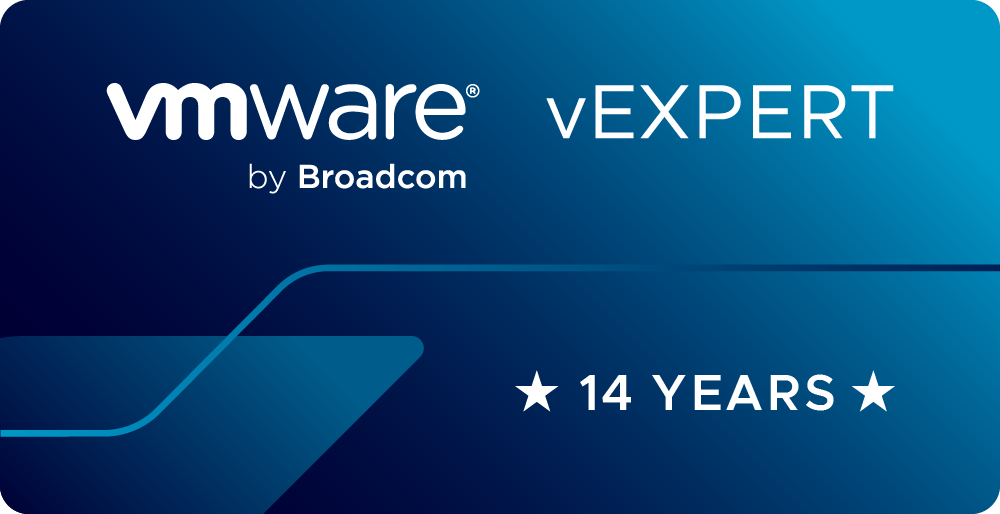


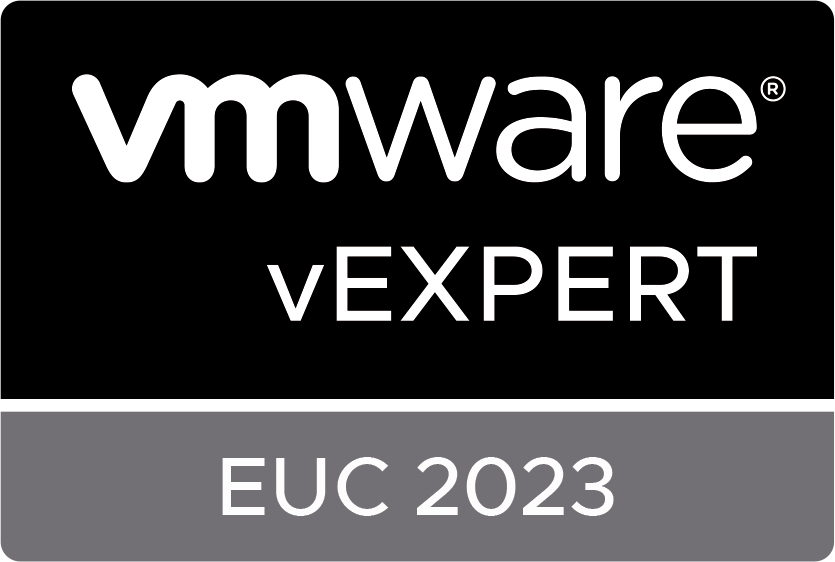
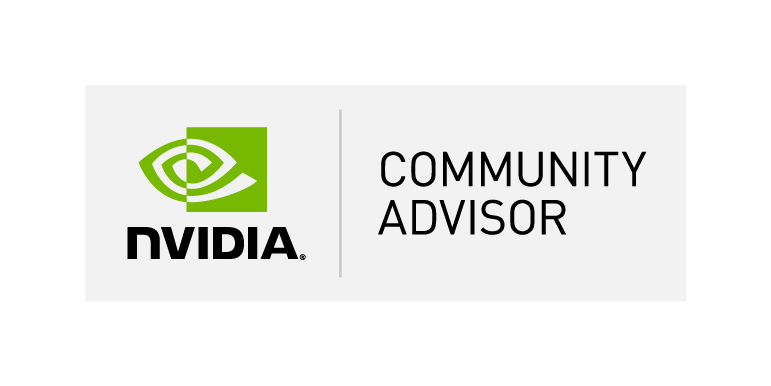
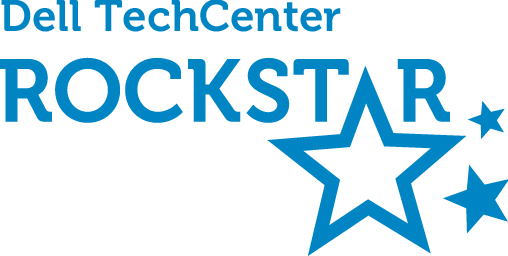
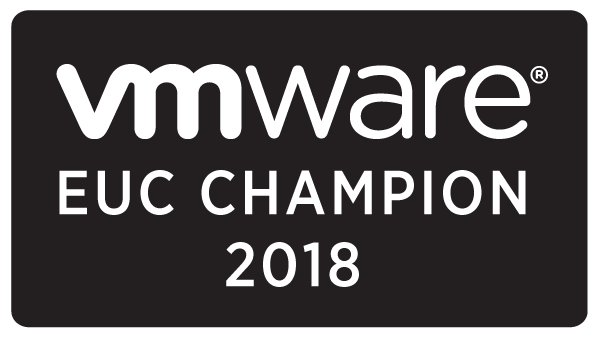


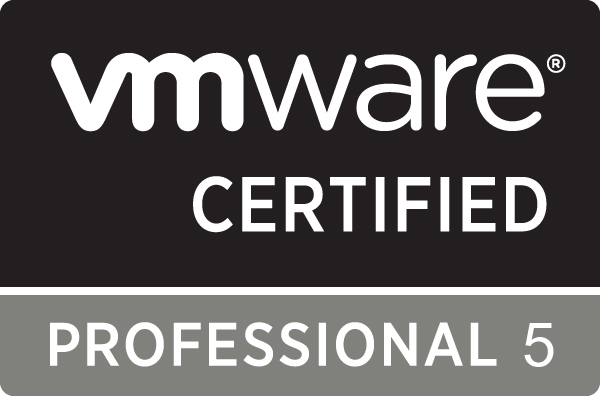
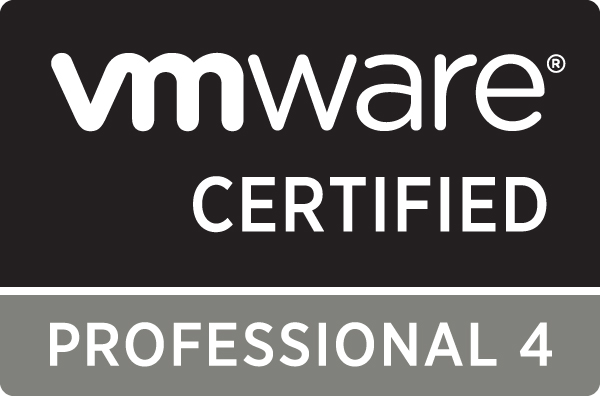

1 ping
[…] specialist Tony Foster, who has a day job at Dell but blogs as “wondernerd” and this week noted the growing number of AI tools that can operate […]